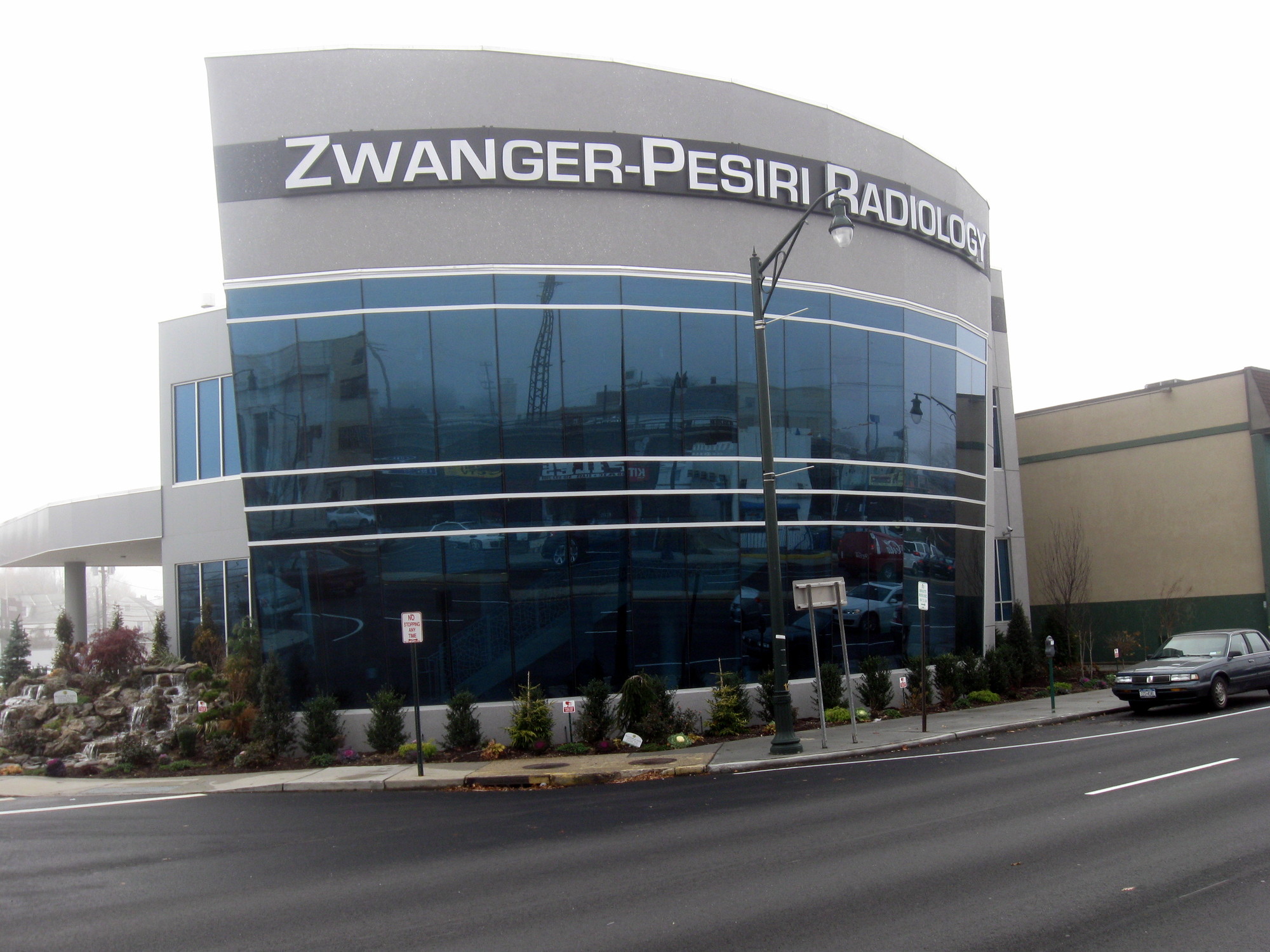Lynbrook home to new radiology practice
Patients from around Long Island — and from across the U.S. — will be visiting Lynbrook in order to be treated at the village’s newest medical practice, Zwanger-Pesiri Radiology.
Zwanger-Pesiri opened its newest location, at 443 Sunrise Highway, earlier this month. It is the Long Island-based radiology center’s 17th location, joining facilities in Elmont, Massapequa, Merrick and elsewhere. Zwanger-Pesiri specializes in radiological procedures such as MRI/PET, breast MRI, cardiac and vascular CTA, digital and 3D mammography, PET/CT, digital X-ray, nuclear medicine and ultrasound.
The new facility in Lynbrook is housed in a large, multi-floor glass building, surrounded by landscaping. It will feature some of the most advanced radiological equipment and procedures available today, including a biograph mMR scanner, the only FDA-approved device that has the ability to acquire both an MRI and a PET scan simultaneously. It is the first MRI/PET scanner housed in a private radiology facility anywhere in the country.
“Not only are we committed to giving our patients access to the most advanced imaging techniques on the market,” Dr. Steven L. Mendelsohn, chief executive officer of Zwanger-Pesiri, said of the scanner, which, with simultaneous scans, exposes patients to less radiation. “We are dedicated to reducing radiation exposure whenever possible.”
This dual imaging of MRI, which uses a strong magnetic field and radio waves to produce an image, and PET, which produces a three-dimensional image via gamma radiation waves, gives doctors a fuller picture of a patient’s condition.
Conducting the two scans simultaneously, via the biograph mMR, enhances a patient’s experience in four ways. It eliminates the radiation exposure of traditional PET/CT scans, which are equivalent to roughly 100 chest X-rays. It provides superior soft-tissue information, increasing the sensitivity and specificity of the exam. It increases diagnostic confidence by eliminating motion from two separate scans, which can clouds images, and it can reduce the number of a patient’s office visits and reduces the time it takes to develop the images.






